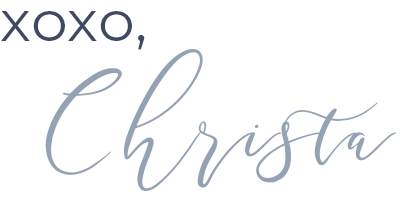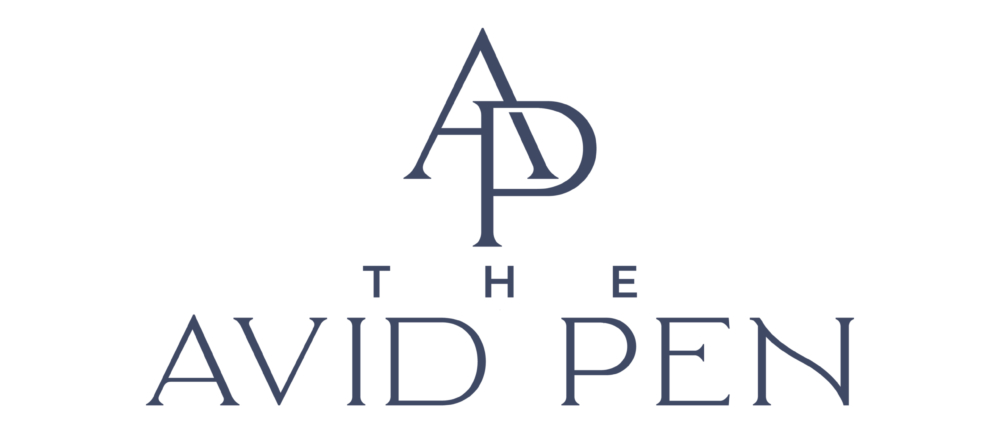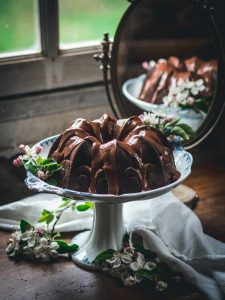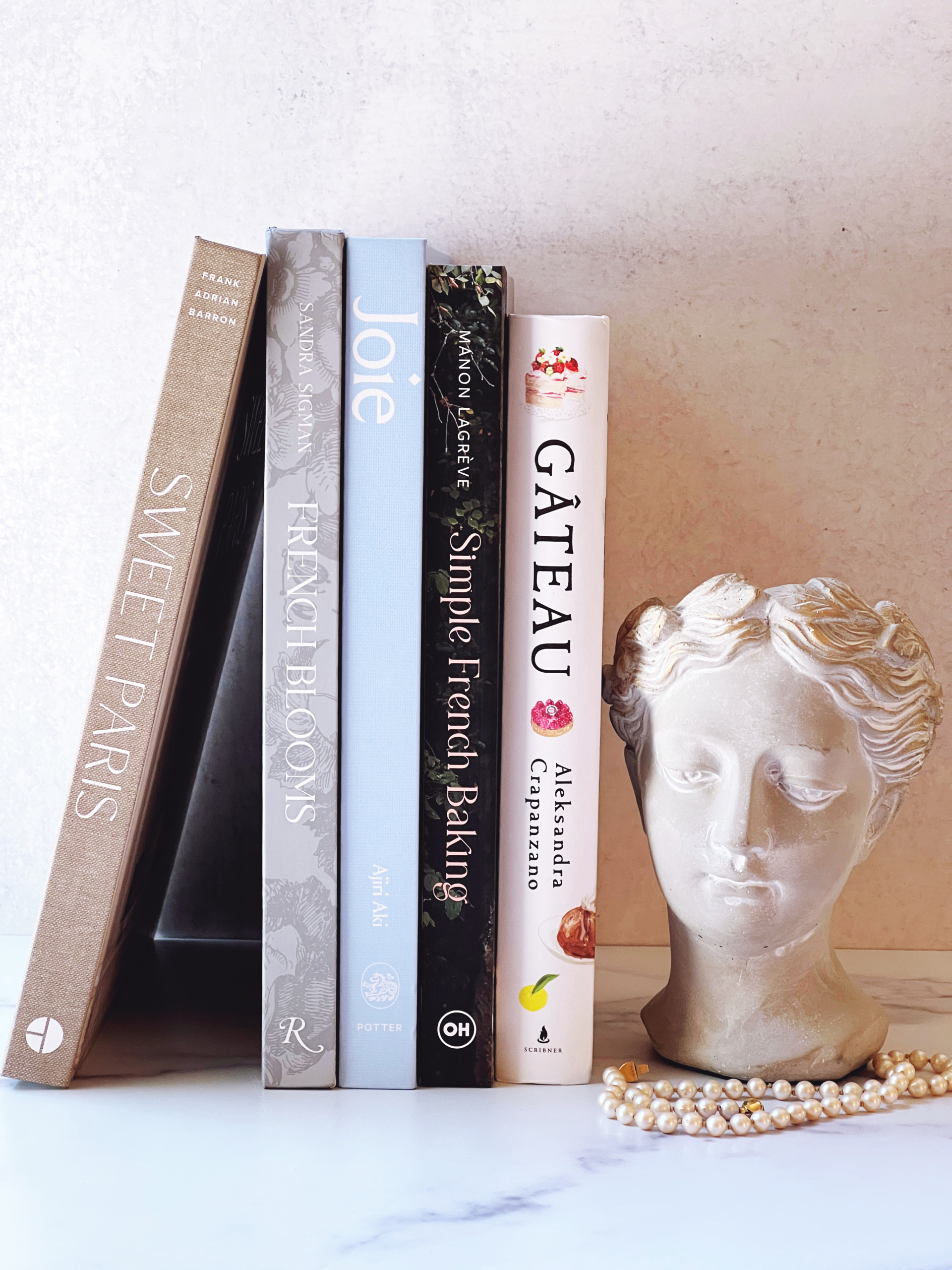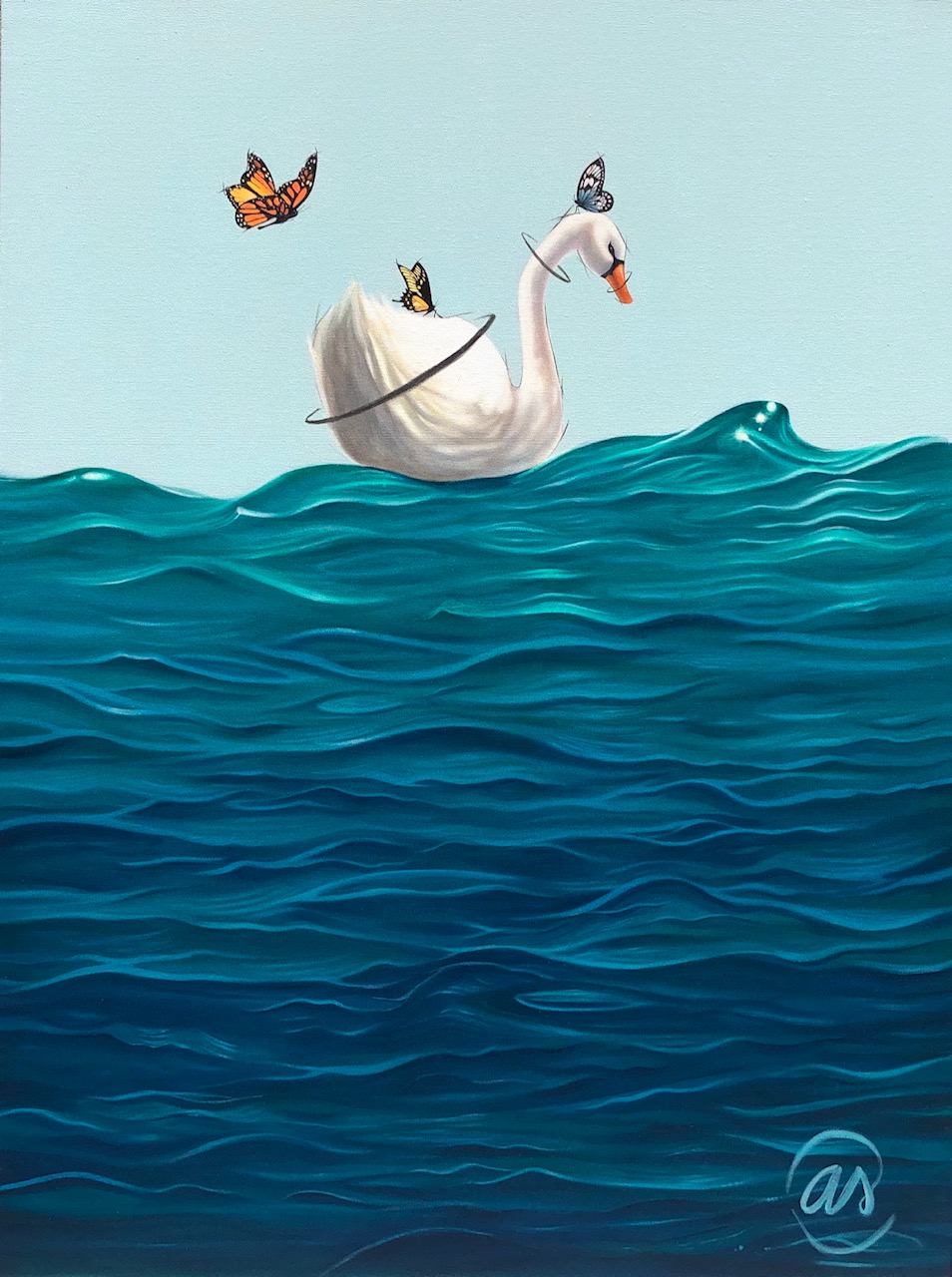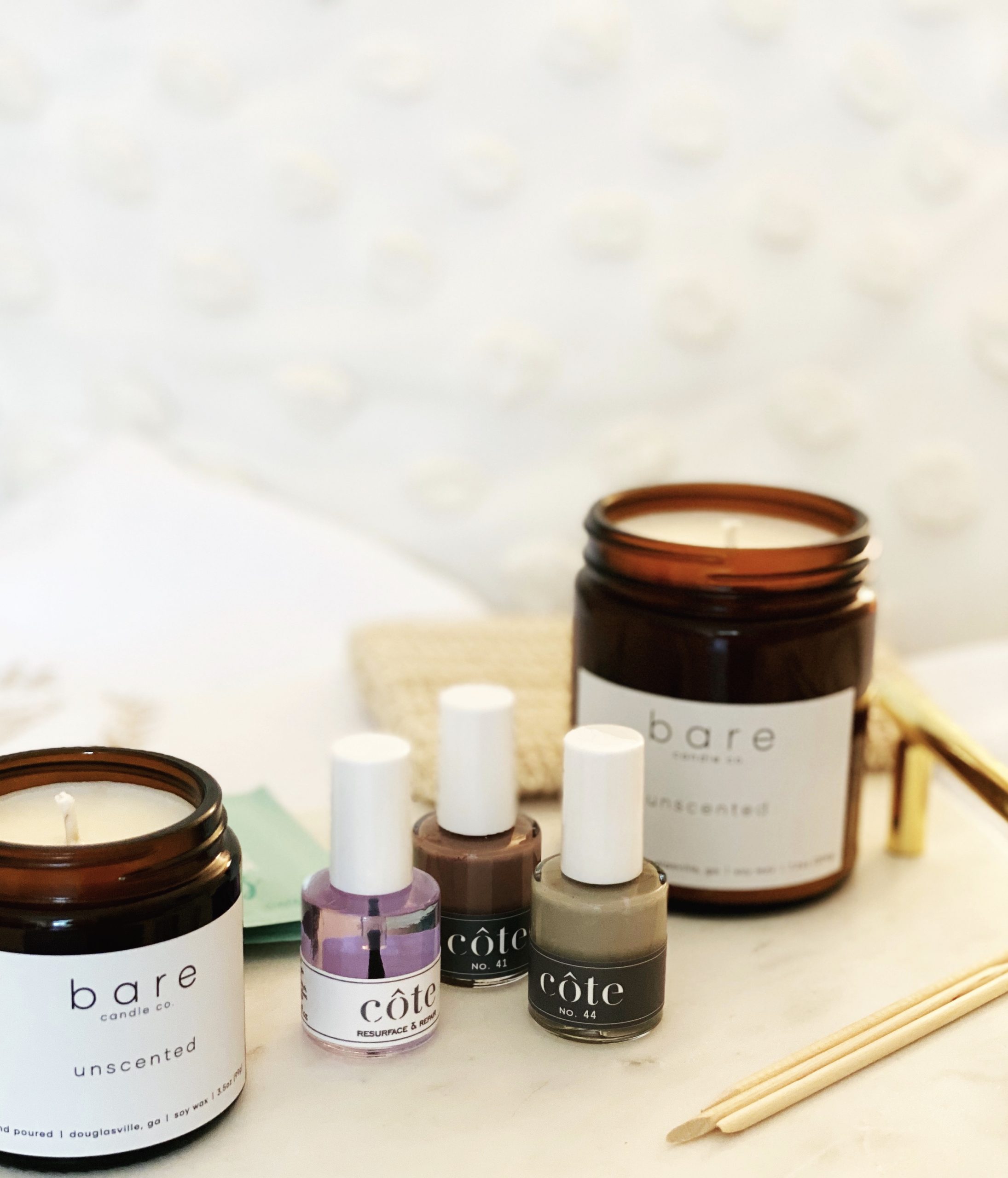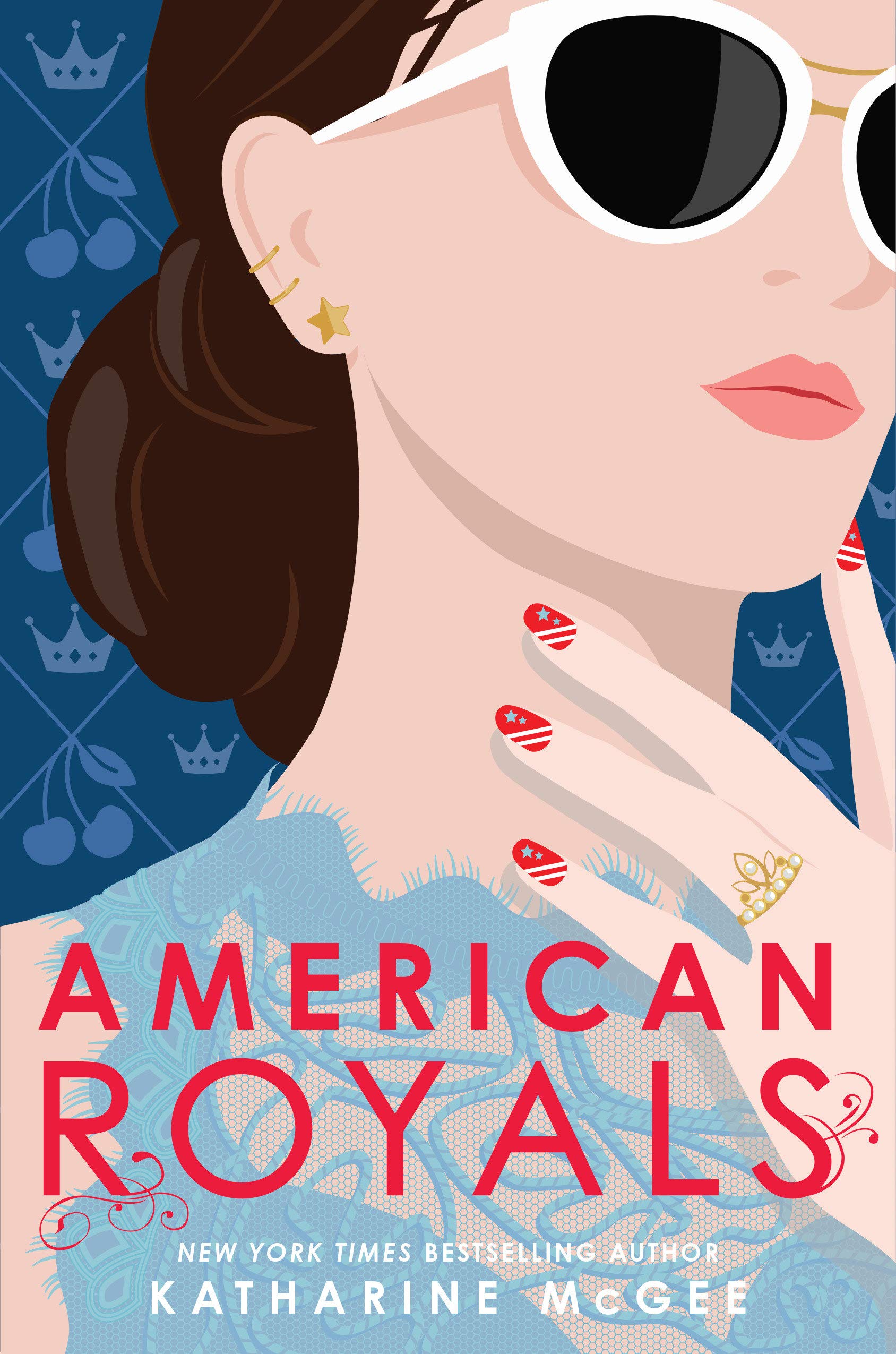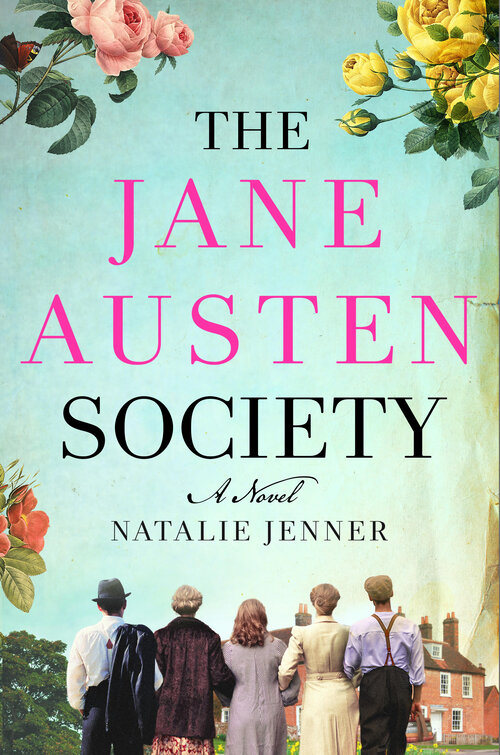
There’s an exciting new book release from debut author Natalie Jenner titled, The Jane Austen Society. This book, which is a must read for any fan of Austen, is a fictional story about society started in the 1940’s in the village of Chawton (where Jane Austen lived and wrote her novels). The Jane Austen Society centers around eight main characters who have one things in common, they are all obsessed with Austen and want to turn her cottage into a museum. The cast of characters include a WWII war widow, a village doctor, a farmer/local handyman, a town solicitor, a maid at the Knight family estate, an heiress, an employee of Sotheby’s and a Hollywood actress.
In this interview, Natalie gives us an inside look into when she came up with the idea for the novel, why she chose to set the novel in the 1940’s, her favorite Jane Austen novel and more.
When did you first come up with the idea for The Jane Austen Society?
I had been coping with an extremely harrowing medical diagnosis for my husband by turning to the books of Jane Austen, which have always given me a unique kind of solace in challenging times. All during this time I had also been binge-watching Downton Abbey and a BBC reality show called Escape to the Country. Eventually I felt the urge to write again after a ten-year break from trying to get published, and started envisioning a book about a group of people trying to save a large British estate house. And then one day I looked up from my reading and, according to my daughter, said out loud, very simply, “I am going to write a book about a group of people who come together to save Jane Austen’s house.” And that is still pretty much the tag-line for my book.
The novel is set during the 1940’s. What played into your decision to set the novel during this time period?
Well, for one thing, although my book is purely a work of fiction, I was moved by the fact that in real life, the first Jane Austen Society was started in the early years of WWII in England. In fact, the toil and toll of war was why the society was for many years unable to raise funds to purchase the cottage where Austen had lived and turn it into a museum—something that eventually happened in 1949. But I also knew that my novel was going to primarily explore what comes after loss, and I wanted my characters to be coming back from the kind of catastrophic loss that we can all sympathize with, if not relate to. Sadly, war is the most unnatural interruption of the natural course of our lives, with many families having to endure the loss of spouses, children and siblings well ahead of their time, and this felt like a very dramatic, relevant and affecting backdrop for my story.
How much research did you do about the 40’s before you started writing the book?
Any research I did ahead of time was both unintentional and incidental, as I did not know I was about to write the book until a week or two before I sat down at my laptop. As I wrote, I had a year of immersion in books by and about Austen, including her modern fandom, to already fall back on, although nothing specific to life in the 40s. That research came later, once the characters had come to life and were already driving the action. I do tend to do most of my historical research after the first draft anyway, as I want it to feel organic to the story, and because my stories are mostly character-focused rather than about a particular time period.
In the first chapter Mary Ann (an actress) shares with Adam (farmer and local handyman) that her favorite book by Austen is Emma. Which of Jane Austen’s books is your personal favorite?
Pride and Prejudice, with Emma a really close second. I think that Pride and Prejudice is as close to a perfect and perfectly entertaining story as one can find. My only complaint is the section leading to the end, when Mr. Darcy goes off-canvas too long as he races about London trying to save Elizabeth’s family from social catastrophe when her underaged sister elopes with a cad. But even then, Austen knew exactly what she was doing, because the pay-off, Christa: the pay-off!
Did you spend time in Chawton to research for The Jane Austen Society?
I did spend time there, although not originally as research. To celebrate the 200th anniversary of Austen’s death, I had decided to spend a week in the village of Chawton and walk in Austen’s footsteps, so-to-speak. I stayed in the nearby town of Alton at the Swan Inn, which was the original coaching inn where Austen herself used to set out for London. I was the first person to arrive at the Jane Austen’s House Museum each morning, and the last person to leave neighbouring Chawton House at the end of the day. I was often alone in these very special rooms, and it is no coincidence that every place I walked into, every window seat I sat in, and every patch of garden I strolled, ended up in a scene in my book.
The eight main characters in the novel are a WWII war widow, a village doctor, a farmer and handyman, a solicitor, a house-girl, an heiress, a Sotheby’s employee, and a Hollywood actress who all share one goal, to turn Jane Austen’s cottage into a museum. I love how vividly you describe each character and how you can picture each of them as you read the book. What was the best part about creating characters with such diverse backgrounds?
Seeing them form surprising and fruitful friendships for sure. Especially because I don’t outline or plot my books in advance, I never know who will fall in love with whom, and who will end up taking the metaphorical bullet for the other. One of my favourite scenes in the book involves a meeting in a disused family library on a great estate, between two people who could not be more different on paper: a male Sotheby’s auctioneer and a teenaged servant girl. But they are both academic snoops, highly observant and naturally suspicious of others. When they surprise each other in the library late one night, they start by warily circling each other, only by the end of the scene to have formed almost an emotional as well as professional pact regarding protecting Austen’s legacy in the house.
If you could be one of the characters in the novel, which one would it be?
The Hollywood movie star, Mimi Harrison, but not for the reasons one might suppose! Mimi lives life the only way you can, as an adventure. She has her share of problems, and definitely overuses new experiences (travel, lust, shopping) as a way to cope with them, but she always keeps moving forward. Just before I started writing the novel, I had also been binge-reading a ton of biographies of Hollywood actresses including Katharine Hepburn, Ava Gardner and Elizabeth Taylor. We remember these women for their talent and their beauty, but they were also total ballbreakers when it came to living life on their own terms. They owned what they wanted, no excuses, and for all their mistakes, the life they led was well and truly theirs. Mimi is a composite of them and of everyone who heeds the inner voice of desire and ambition and just goes for it.
The Jane Austen Society, is your first published novel. Are you currently working on your next?
The Jane Austen Society is my sixth book but my first published one, and I am currently marinating ideas for my eighth, so I am actually starting to lose track of them all! The first five remain firmly tucked in a drawer from 10-15 years ago, but I always seem to be drawn to stories involving a large cast of characters, often involved with art of some kind (writing, painting, music), and overcoming individual differences to somehow make a positive difference together.
As a first time author, what are your words of advice for writers who are currently in the process of writing their first book?
To pay a lot of attention to what works for them. There is no one way to write a book—I am constantly surprised and amused by the different ways my author friends and myself approach the act of writing from a technical standpoint. The more you write—and, yes, the more books you write—the more you start to see what works best for you. A lot of writing involves routine, which is really the training of the creative subconscious mind to kick in when you need it to. To meet the muse halfway, it’s important to try new things, experiment with different approaches, and never give up as long as it ultimately adds to your life in some way, even if just to your own understanding of self.
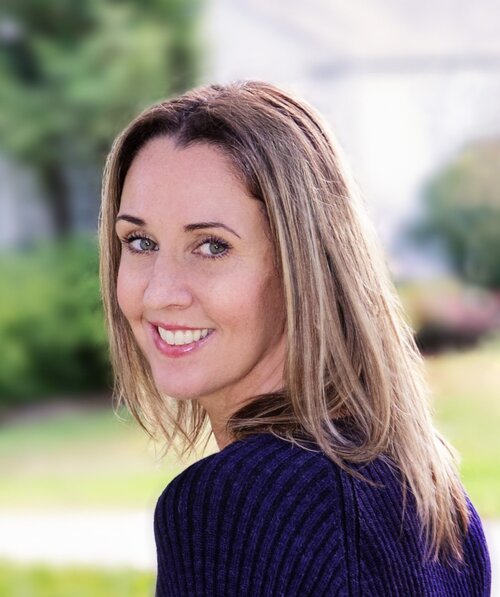
Pick up your copy of The Jane Austen Society here.
